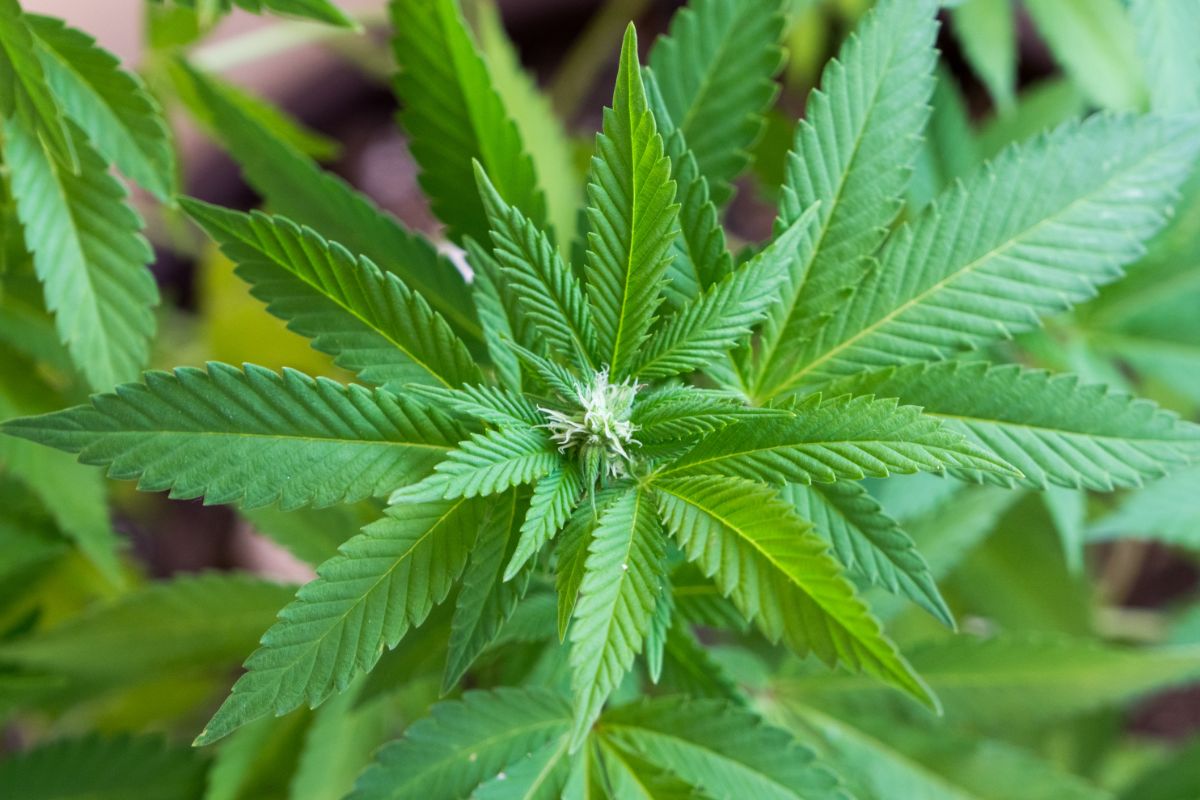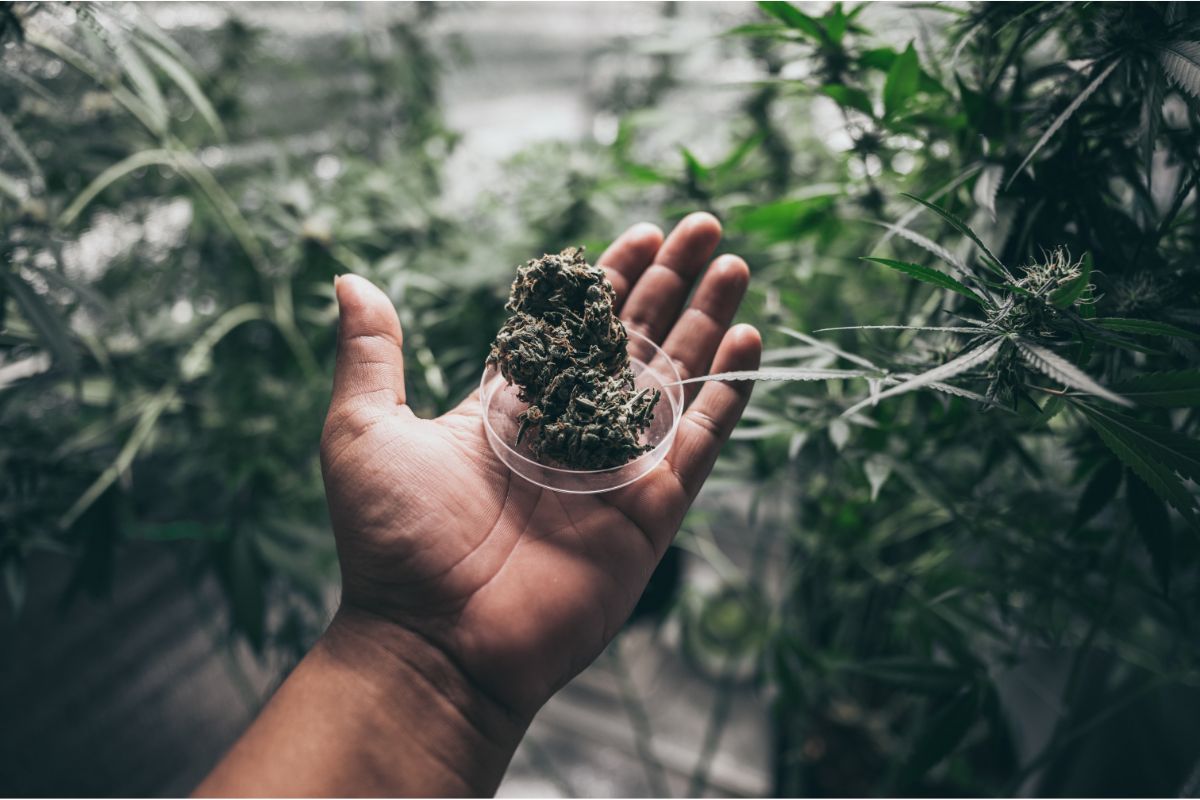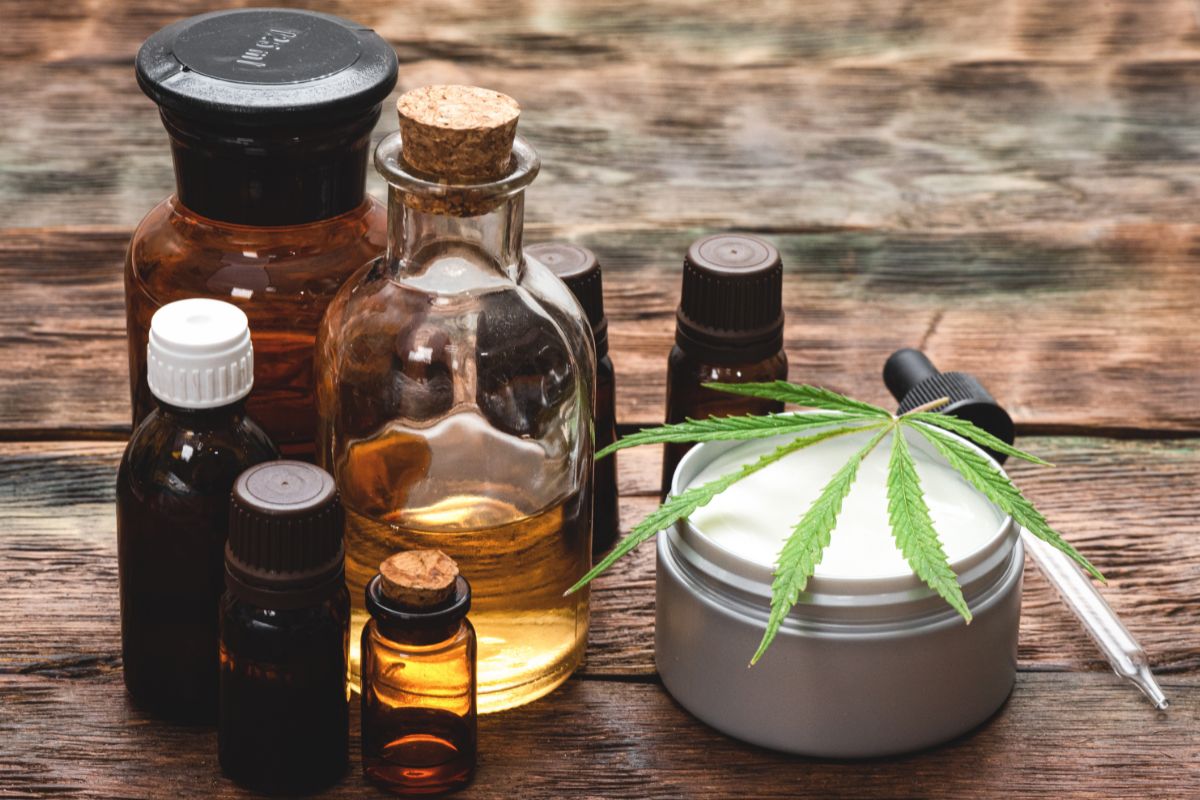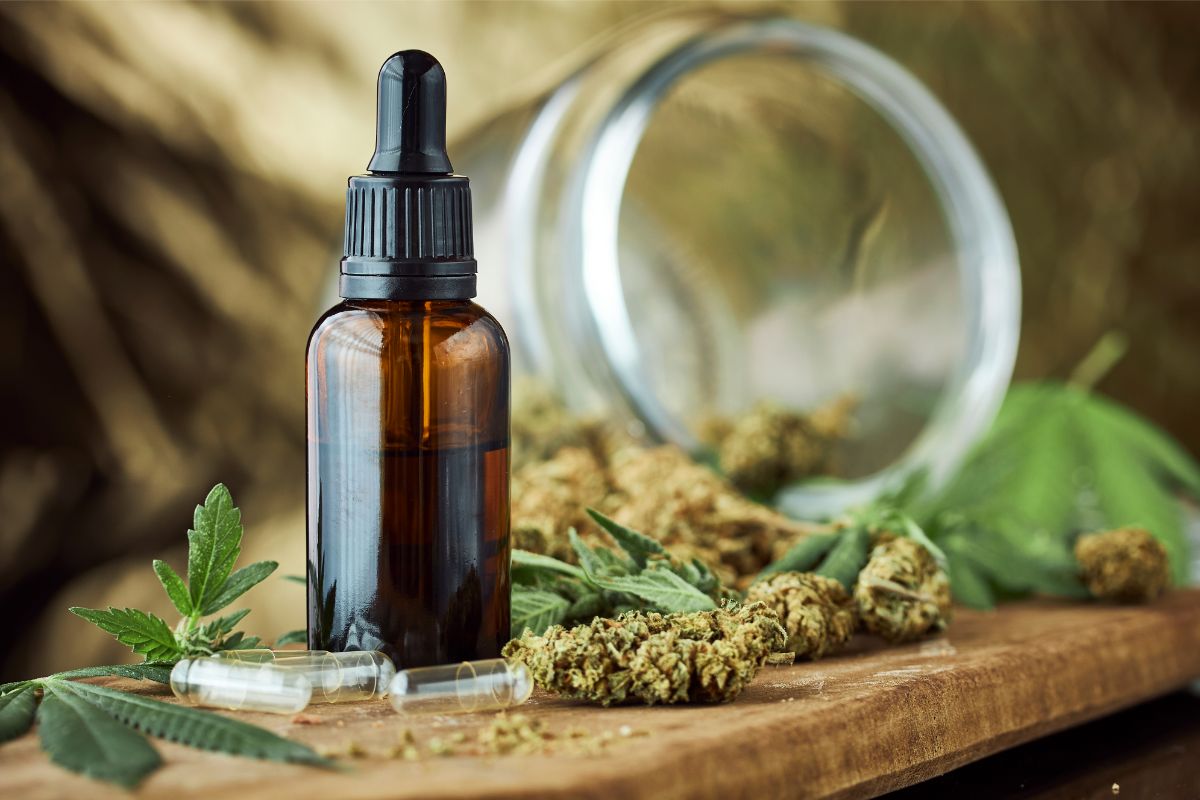Sativa, as well as other marijuana strains and products, have become increasingly accepted across the United States, and indeed the world, and their widespread popularity can be traced back to many different reasons – consisting of the medicinal uses, general wellbeing reinforcement benefits, and for the social/recreational applications they have.

But what exactly is sativa, and how does it make you feel?
What Is Sativa?
Cannabis sativa is a strain of cannabis that possesses numerous different cannabinoids – one of which includes THC, along with other beneficial components.
As such, it has become a popular strain of cannabis, and one that is used in numerous products and treatments in those states where such activity is legalized.
Sativa Vs Indica
When compared to other strains of cannabis like indica, sativa generally contains higher levels of THC, whereas indica is higher in CBD respectively. This is why sativa is more suited to mental and social applications, whereas indica is commonly used for pain relief.
Does Sativa Contain THC?
As mentioned previously, sativa does contain THC – and in fact usually contains a higher THC to CBD frequency, although this is by no means a blanket fact amongst all strains.
How Does It Make You Feel?
As with most cannabis products, there are numerous associated feelings that can be quite positive for the user and any associated conditions they might have.
Improved Mood
One positive feeling is improved moods – which can have a distinctly positive effect on those suffering from anxiety and depression.
This is one reason why it has become so popular as both a medicinal and recreational tool, and why for many sufferers of these mental health problems, sativa and other cannabis strains have become a suitable replacement for other legal, social drugs like alcohol.
Boosting Focus & Creativity
Sativa is known as a ‘mind high’, and whereas some forms of cannabis can cause drowsiness, sativa is considered beneficial for both enhancing creativity, and boosting focus required for work and social activities.
This means that it can improve productivity in those who are struggling, and create a more positive and ‘equipped’ mindset for people who would otherwise be lacking for whatever reason. This makes it a great tool for those with professional and social issues.
Reducing Fatigue

Sativa is also known to increase energy and reduce fatigue – enabling the kind of focus and productivity alluded to above.
This also means that it can be beneficial to those with debilitating illnesses that would otherwise leave them devoid of energy and unable to engage in daily activities – such as chronic illnesses like fibromyalgia.
Stimulating Appetite
Another benefit is that it can stimulate appetite – otherwise referred to as the ‘munchies’. While this might sound like a comical side effect that has been stereotyped in numerous films and TV shows, it does have widespread medicinal benefits.
One benefit is for those with debilitating illnesses like cancer, wherein their appetites might be otherwise suppressed by chemotherapy, drug regimens, and side effects.
With sativa and similar substances, these patients can stimulate their appetite, and maintain a healthy weight while their bodies are under such strain.
Relieving Pain
Of course, one of the notable benefits is pain relief. This is due to several reasons, some of which include the anti-inflammatory properties that cannabis can have – alleviating many different issues – as well as aiding to numb other sources of pain to make them manageable.
This obviously has many benefits for numerous different illnesses, and can be a more positive alternative to heavy pharmaceuticals – all of which come with their own side effects that could cause someone more discomfort.
Are There Any Disadvantages?
One disadvantage of sativa – as well as similar products – is that it can cause a headache after prolonged use. This is due to the stimulation that sativa can cause on the brain, which if overused, can cause problems and potential negative feelings.
This can also be triggered by the smell of the smoke itself, meaning that those breathing in second-hand smoke might also be susceptible to such headaches.
What Is A Sativa ‘High’?
Like most kinds of drugs, the sativa ‘high’ stems from the release of dopamine – a feel good hormone naturally produced in human beings. This is what makes good things feel good, and can also have negative effects such as addiction in some people.
This release of dopamine works by increasing the emotional connection with certain stimuli – such as sativa – in the anticipation of a physical reward.
This means that the promise of a high, and the associated good feelings, makes sativa even more attractive to the user, which then increases their pleasure tenfold.
When dopamine floods our systems, we can feel feelings of euphoria – not to mention mood improvements, heightened focus, and increased energy.
The ‘Social High’
Sativa is considered a ‘social high’, which means that it is generally considered to make you more sociable, talkative, and engaged in hectic situations.
This is why the drug is so popular amongst people with social anxiety and other conditions that can make public appearances fear inducing.
This is also why drugs like sativa have replaced – or joined – existing legal drugs like alcohol, and why they are so common amongst such a vast swathe of society.
Final Thoughts
And there we have it, everything you need to know about sativa, and how it can make the user feel.
It’s true that all manner of marijuana products have become legalized and widely employed across the United States, and there have been many notable benefits – ranging from medicinal, social, and indeed legal.
However, this widespread presence comes with a responsibility – that is, to know what each thing can and will make you feel, and the potential pros and cons therein.
This is how use continues to remain beneficial, and how such products continue to play a positive role in contemporary American society.
- Is CBD Legal In Nebraska? - January 16, 2023
- FabCBD Review - January 16, 2023
- Full Spectrum Vs Broad Spectrum For Anxiety - January 16, 2023








